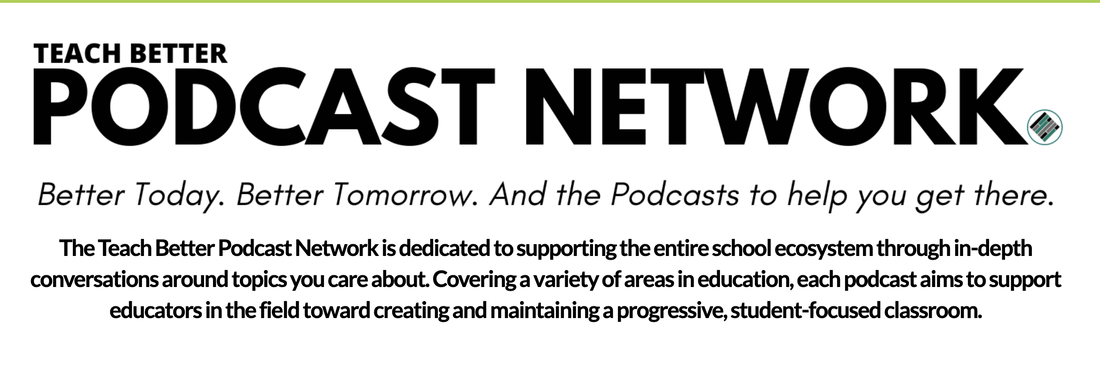|
Just like we want to identify the underlying needs of students before deciding how to respond to student behavior, we want to do the same for the system. Before we rush to action to solve an identified problem, we need to truly diagnose the challenge. To inform our diagnostic process, let’s use some of the core concepts from The Practice of Adaptive Leadership: Tools and Tactics for Changing Your Organization and the World by Heifetz, Linksy, & Grashow. Adaptive leadership is specific to adaptive challenges, the ones that cannot be solved with a quick fix.
How do I know my school is dealing with an adaptive challenge? Heifetz and colleagues contrast adaptive challenges with technical challenges. Whereas a technical challenge can be addressed by sharing new information, perhaps holding a Professional Development session for all staff, adaptive challenges require much deeper work. One indicator of an adaptive challenge in schools is repeated failure. All the PD you have thrown at the problem is not working. Another indicator is looking to the leader (e.g., principal or superintendent) to solve the problem. When the same person(s) has been trying to solve the problem without success, it is time to bring in other stakeholders. Another indicator you are dealing with an issue that goes deep is when you see “disproportionate reactions to proposals”. For example, if asking a teacher to attend a staff meeting about racism leads to that teacher yelling or crying, there is something deeper going on. The essence of adaptive challenges can be captured in this sentence of Heifetz, Grashow, and Linsky’s book: “Adaptive challenges are typically grounded in the complexity of values, beliefs, and loyalties rather than technical complexity and stir up intense emotions rather than dispassionate analysis,” (Loc. 1283). How might adaptive challenges show up in my school? The authors identify four main types of adaptive challenges that often overlap with one another. See if you can identify any of these within your school and need adaptive leadership.
My school has an adaptive challenge we need to tackle. What can I do about it? Set up structures of shared leadership. The first step is recognizing you cannot do this work alone. Shared leadership structures are powerful because they are not temporary solutions. They are not ad-hoc committees, separate from the rest of the organization. Shared leadership is the heartbeat of the organization. It is how all decisions are made. Shared leadership is more about the how than the what. By setting up ongoing mechanisms for all stakeholder voices, shared leadership systematizes the process of diagnosis for adaptive challenges. You do not need to start from scratch each time you need to collect data or stakeholder experiences on one specific topic. The system will already exist. Furthermore, shared leadership as a form of governance is preventative rather than reactive. Much of the conversation in education is about fixing problems or policies that already exist. Certainly, this is important and necessary work. However, in improving our decision-making and policy creation processes, we can reduce our future needs to react to poor decisions and policies because we are more likely to get it right the first time. For more details on how to set up the structures of shared leadership, read this blog post. Each stakeholder is going to approach the situation with a unique set of values, loyalties, fears, and desired outcomes. To effectively engage stakeholders in the work of tackling an adaptive challenge, leaders must “diagnose the political landscape.” To do this, we can ask each stakeholder (or ask representatives of stakeholder groups as long as the system of representation is effective):
Once you have gathered all of this information, you may want to identify common points of connection across stakeholder groups. Heifetz and colleagues call these “hidden alliances” as groups who may initially seem in opposition to one another’s proposed solutions may have a shared value or desired outcome that when illuminated can help them work together. To help you get started on the process of diagnosis, I’ve made a mini workbook for you with activities and guiding questions.
0 Comments
Leave a Reply. |
Details
For transcripts of episodes (and the option to search for terms in transcripts), click here!
Time for Teachership is now a proud member of the...AuthorLindsay Lyons (she/her) is an educational justice coach who works with teachers and school leaders to inspire educational innovation for racial and gender justice, design curricula grounded in student voice, and build capacity for shared leadership. Lindsay taught in NYC public schools, holds a PhD in Leadership and Change, and is the founder of the educational blog and podcast, Time for Teachership. Archives
May 2024
Categories |

 RSS Feed
RSS Feed